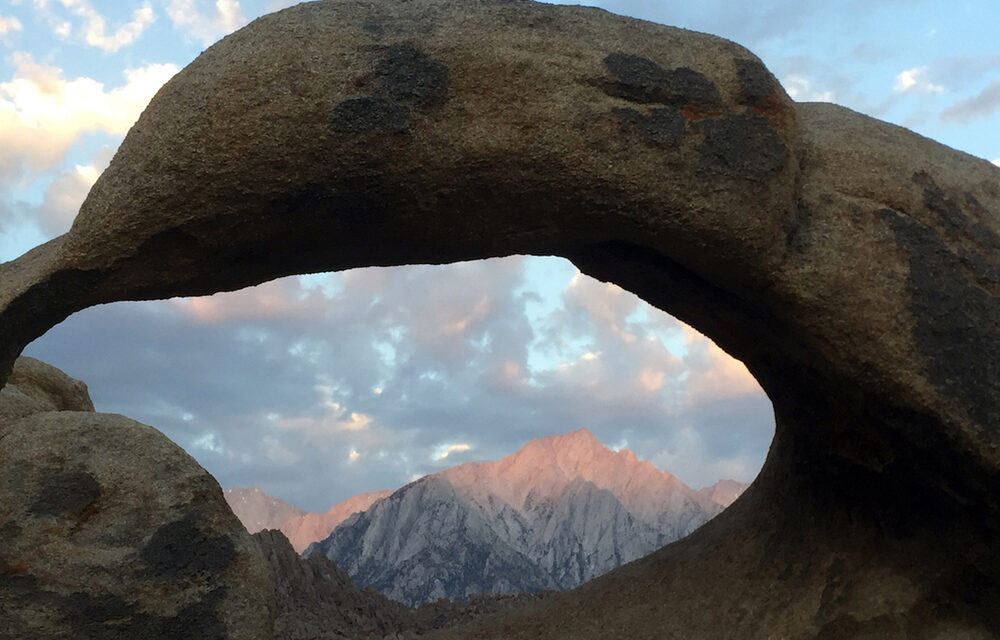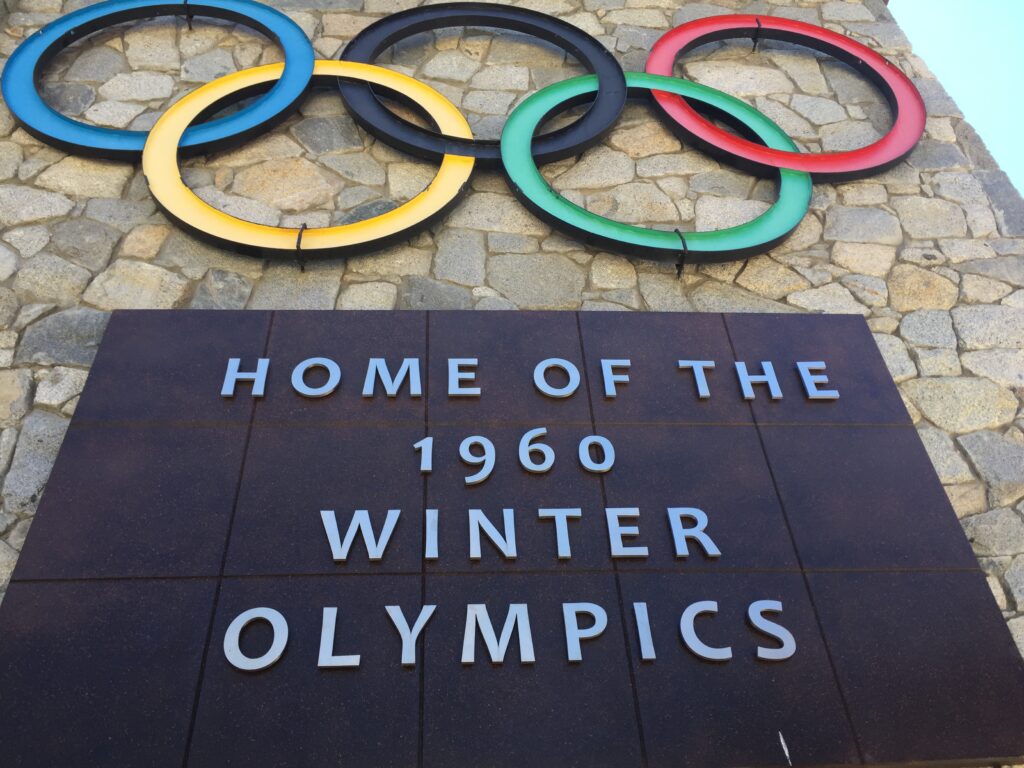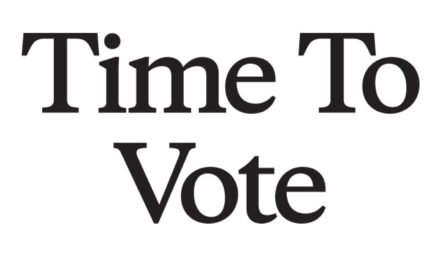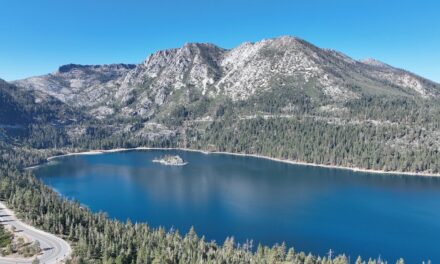- Exploring Lava Beds National Monument - 07/15/2024
- Wandering Through Washington - 03/21/2024
- Striding Through Socal Sun, Storms and Snow - 12/27/2023
In the face of sweeping changes, we have an opportunity for progress
By Matt Johanson
Before thousands of climbers ascended Mount Whitney every year, a group of Buffalo Soldiers reached the summit in 1903. The first Blacks to climb the mountain also built its first summit trail. Enthralled by the grand scenery, Captain Charles Young committed to “preserving these mountains just as they are.” Under Young’s command, Buffalo Soldiers protected Sequoia National Park’s big trees, guarded against poachers and prevented illegal grazing. Sadly, the nation all but forgot them for a century. Yet the same park honored Confederate General Robert Lee, naming a giant sequoia for a traitor who fought to keep such men in slavery.
This is no isolated problem. A California map reads like a badly-flawed history book, full of places named for 19th century white men to the exclusion of nearly everyone else. Lee isn’t the only white supremacist to win a geographic honor. Women and people of color are few and far between, women of color especially so. Native American killers drastically outnumber Native Americans, and original indigenous names are nearly forgotten.But here’s a piece of good news in a tough year. Following the Minneapolis police killing of George Floyd in May, a revived national civil rights movement has promoted a map makeover, with multiple geographic name changes approved or proposed in California alone.
• Jeff Davis Peak near Lake Tahoe, which honored the Confederates’ president, in July officially became Da-ek Dow Go-et Mountain. The Washoe Tribe proposed the new name, which the federal government approved.
• Sq*** Valley Alpine Meadows has announced a name change after the ski area acknowledged the racism and sexism of the word “Sq***” The resort plans to announce a new name next year.
• California State Parks is considering a new name for N***o Bar in Folsom Lake State Recreation Area, where Black miners prospected for gold in 1850.
• Alabama Hills National Recreation Area, named by Confederate sympathizers for a rebel warship, will change names if the nonprofit Friends of the Inyo has its way. The Bureau of Land Management is considering the suggestion.
• The name of Portagee Joe Campground in Lone Pine contains an anti-Portuguese slur, claims attorney Allen Berrey, who is pursuing a change.
Preceding 2020’s upheaval, Sq*** Ridge in Mokelumne Wilderness was renamed Hungalelti Ridge as the Washoe suggested in 2018. Yosemite renamed LeConte Lodge as Yosemite Conservation Heritage Center in 2016, after considering the racist writings of the former namesake. And Santa Monica National Recreation Area in 2010 renamed a peak as Ballard Mountain, honoring a Black pioneer and replacing an outrageously offensive slur on the map. Outdoors enthusiasts should welcome these changes.
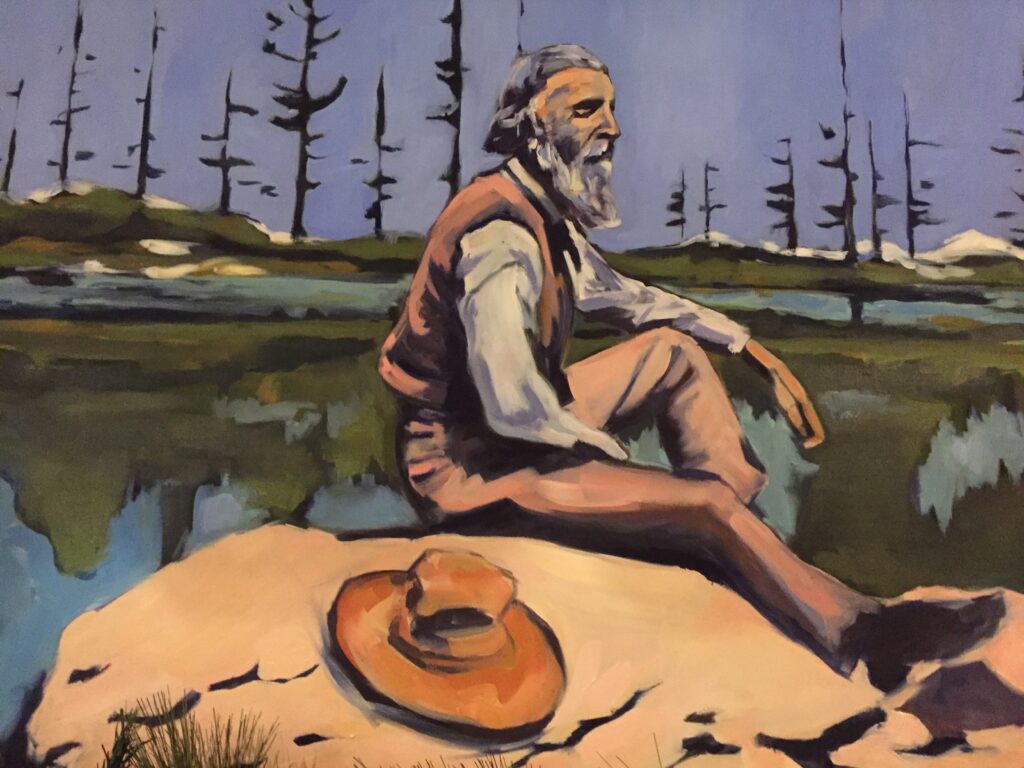
The Sierra Club honored its founder John Muir in this painting but renounced his racist writings this year.
Those who often enjoy public lands know that the outdoor-loving public is much less diverse as our population as a whole. People of color visit national parks in consistently low numbers; Blacks tally just one percent of Yosemite visitors. Taking steps to make more feel welcome hurts no one. It’s simply the right thing to do.
However, the process raises some tricky questions. Traitors and white supremacists get no defense from me, but what about John Muir? The Sierra Club recently renounced its founder for his racist writings disparaging Blacks and Native Americans. Yet the revered conservationist helped launch the environmental movement and the National Park Service.
Should we re-title every trail, park, mountain and the many schools named for him? Clearly the map needs more diversity, but what about the likes of James Beckwourth?
A Sierra Nevada pass and mountain honor the biracial American from Virginia who survived slavery and moved west. Yet he brags in his autobiography about killing Native Americans and striking his wife in the head with an axe. In a world of flawed people, where do we draw the line? I can’t answer that, but I’m certain we have far to go before going too far.
So I’m glad to see well-intentioned people trying to promote sensitivity, diversity and inclusion in the outdoors. Charles Young would be happy too, I suspect. The first Black national park superintendent, Young wrote in 1903 of a future in which “overworked and weary citizens of the country can find rest” in the outdoors. He and his troops helped bring that about. A century later, Sequoia National Park named one of its magnificent trees for him. Last year, a Colonel Charles Young Memorial Highway followed. This year, the National Park Service removed references to slave-owner Robert Lee from trees in the mountains Young protected. To that, this descendant of Civil War soldiers says, “Huzzah!”

